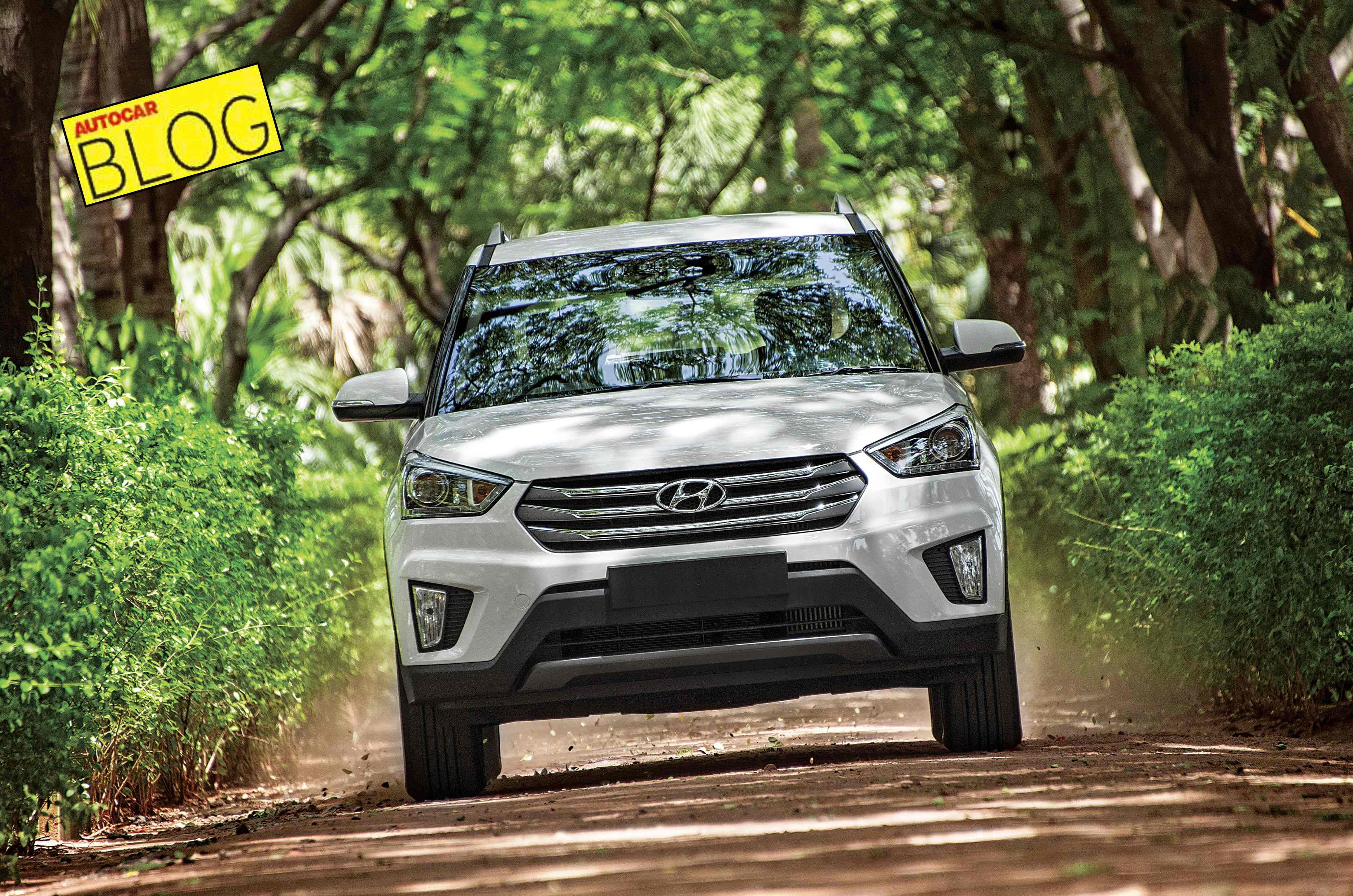
Hyundai’s class-defining Creta SUV has been with us for a decade. It has gone from selling approximately 40,000 units in 2015 to selling 1,86,000 units in 2024. Try and visualise Hyundai’s 1,86,000 units a year. How does 510 cars a day sound? Crazy right! And for all you football fans, that’s one and a half football fields. Every day!
So why did the Creta climb like a homesick angel up the sales charts? It wasn’t the one that got the monocoque SUV thing going: that was Renault with the Logan-based Duster. And the Duster was a big success as well. It was robustly built, the suspension got a 12 on 10 and the diesel engine hit the ball out of the park too. It was all SUV, and that’s despite being built on a monocoque chassis. The Creta felt like an SUV too. But unlike the Duster, it was sophisticated on the inside and outside.
It felt as light and effortless to drive as a car (a big USP), the ride quality was superb, and what ramped it up further was that Hyundai maxed out all the important parameters, diesel engine and price included. The smooth and punchy 1.6 diesel was especially good, and Hyundai even specified the diesel with an automatic. Features on offer included automatic headlamps, push-button start, automatic climate control, a rear-view camera, rear air-con vents, steering-mounted controls and Bluetooth telephony and ‘leather’ upholstery.
I remember having a long discussion with one of Hyundai’s senior managers at the time, and he was confident about the long-term success of the SUV for one reason – every single buyer stepping into the showroom apparently took a long, hard and appreciative look at it. Truth be told, even the design hit the spot; the square, upright proportions, the tipped-forward stance, the big front wheel arch and the ‘X’ in the chin. Based on the iX25, an SUV for China, the headlights and tail-lights were a bit naff, but otherwise, the design aged well.
Later models introduced turbo-petrol engines, twin-clutch gearboxes, twin screens and a big panoramic sunroof. Hyundai has always been quick to update the Creta and keep it fresh. The range even expanded with the three-row Alcazar, the sporty looking N Line and the EV, which has helped expand the footprint.
But it was the first-gen car that set the trend, put Hyundai head and shoulders above the rest, and set the standard. And that was apparent right from the get-go. Even a brief 10-minute drive was enough to showcase its potential. Still remember writing the line “if first impressions are anything to go by, this is as good as it gets.” Probably why we still refer to the most fought-over class of car in India as the Creta class.
Also see:
Hyundai Creta turns 10: a look back at the two generations of the midsize SUV
Opinion: A look at the Maruti Swift’s 20 years in India and its future

